The market for U.S. debt is weirder than you think
This is how the government creates the money it borrows
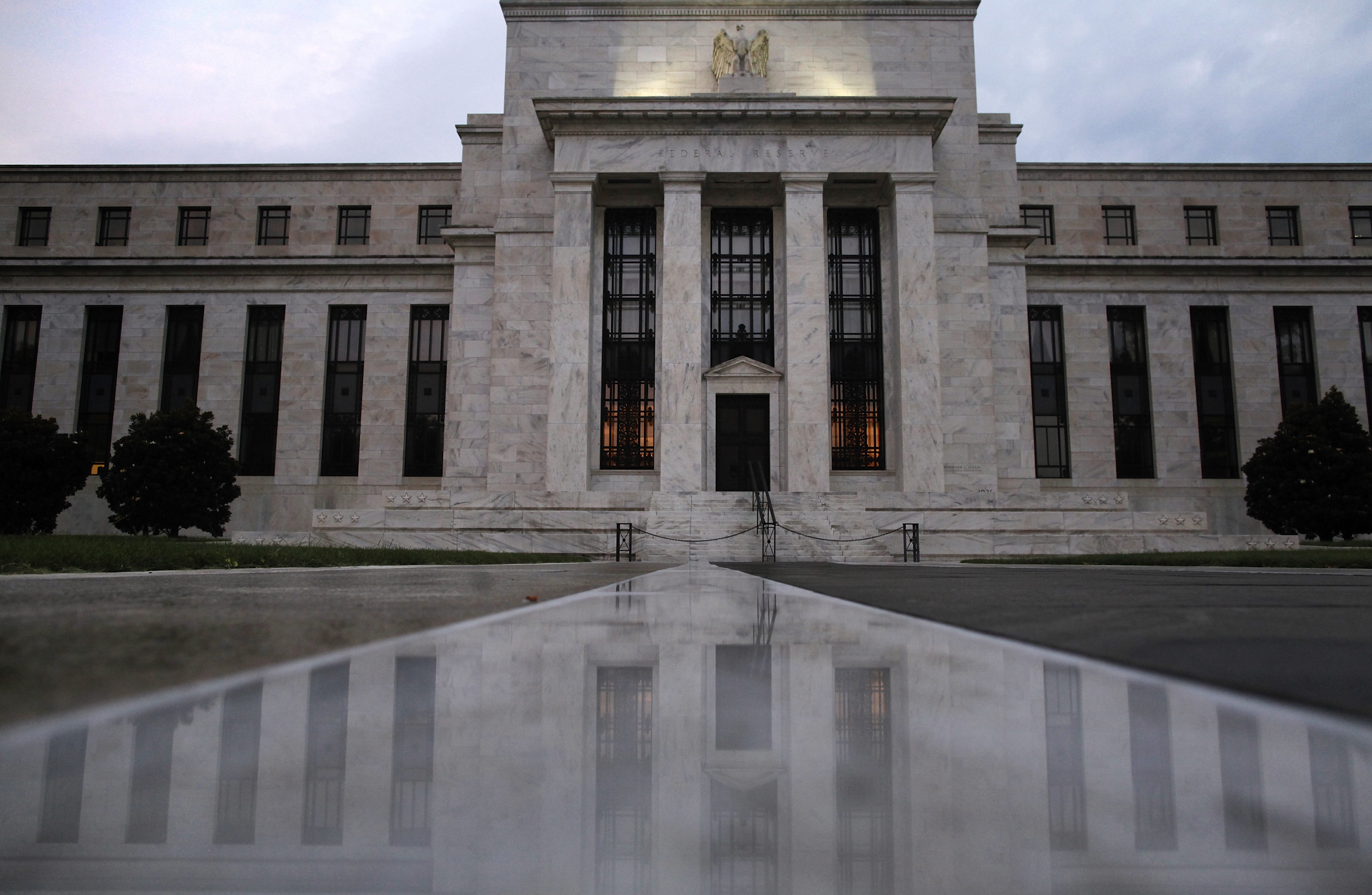

Do you remember what sent the stock market into turmoil last week? A spike in wage data convinced investors that higher inflation was just around the corner, leading to a sell-off in a bunch of U.S. Treasuries. That convinced the stock market that higher interest rates were just around the corner, leading to sell-offs there too. Temporary panic ensued. In other words, behind the stock market rout was a minor change in the U.S. debt market.
So now is a good time to examine that market in greater detail. Because it's weirder than you think.
Every so often, the Treasury Department decides it needs to issue new debt. Maybe Congress just passed a new spending or tax cut bill without any offsets, or maybe old debt just needs to be rolled over into new debt. The U.S. government offers Treasuries for purchase, which come as bills, notes, or bonds depending on their design. People buy Treasuries from the government, and eventually the government pays them back with interest.
The Week
Escape your echo chamber. Get the facts behind the news, plus analysis from multiple perspectives.

Sign up for The Week's Free Newsletters
From our morning news briefing to a weekly Good News Newsletter, get the best of The Week delivered directly to your inbox.
From our morning news briefing to a weekly Good News Newsletter, get the best of The Week delivered directly to your inbox.
When that new debt is needed, the Treasury Department announces an auction. Set up to bid are hundreds of financial institutions, along with a much smaller number of "primary dealers," like JPMorgan, Goldman Sachs, and Merrill Lynch. Primary dealers have to meet certain qualifications, like maintaining a minimum share of the market in securities, and making reasonable bids in all the auctions. In exchange, they get to buy the bulk of Treasuries, which makes them popular choices to do business with: Everyone else in the economy needs Treasuries for all sorts of things, from savings to portfolios, trades, collateral, and more.
That brings us to the Federal Reserve — and the first signs of weirdness.
By law, the Fed can't buy Treasuries in the auctions directly. It can only buy them second-hand from other participants. And it needs a lot of them: Buying and selling Treasuries is the traditional tool the Fed uses to adjust interest rates throughout the economy. That's fundamental to the job Congress gave it: Hitting its interest rate target is how the Fed controls inflation, maximizes employment, and protects the U.S. financial and payment system from collapsing.
But whenever the government sells new Treasuries, that itself moves interest rates. So when an auction is announced, the Fed will often go out and preemptively buy old Treasuries from auction participants. This does two things: It gives the participants money to buy new Treasuries, and it ensures the auction doesn't throw off the Fed's interest rate target.
A free daily email with the biggest news stories of the day – and the best features from TheWeek.com
This is weird. Officially, the Fed is supposed to be completely separate from the Treasury Department, and from Congress' decisions about fiscal policy. It's not supposed to "monetize" or "finance" government borrowing. The rule that the Fed can't buy Treasuries directly at auction ostensibly embodies that firewall. But in truth, the Fed must coordinate monetary policy with the auctions. And it must go out and create demand for U.S. debt, even if it's only buying Treasuries second-hand. Otherwise, the Fed can't do the job Congress gave it.
It gets weirder.
When most people and businesses in the economy pay each other for things, the banking system facilitates that transaction. You store your money in an account at Chase or Bank of America or another bank, as does the person or business you're paying. But the Treasury Department doesn't have an account at Chase or Bank fo America. It only has an account at the Federal Reserve.
The Fed is the government's bank. It's also the bank for other banks. But that's it. You and I and ordinary businesses can't have accounts at the Fed. The Federal Reserve is a separate banking system, just for the government and the other banks. But that also makes it the link between the government and the banking system that you and I and everyone else uses. The Fed is the reason the government can use that banking system to accept our tax payments, send us our Social Security checks, pay federal employees their wages, buy resources from private contractors, etc.
The money that's in the Federal Reserve system goes by a few names, but it's often just called "reserves." When the Treasury Department auctions off new Treasuries, it's paid in reserves. Of course, only the banks in the Federal Reserve system can trade in reserves, which is why they're the middle men for the primary dealers and all the other participants in the Treasuries auction.
Where am I going with all this?
Well, where do those reserves come from? Answer: They come from the Fed. When we talk about how the Fed can "print" money, or create it out of thin air, we're referring to its ability to create reserves. In fact, that's why Congress established the Federal Reserve system: To be the lender of last resort to other banks. That's also a helpful reminder that the Fed is a part of the government: Congress made it; Congress can unmake it.
If reserves are what the Treasury Department technically "borrows" at auctions, and if the Federal Reserve itself creates reserves, and if both are just parts of the federal government, what does that mean? It means the government creates the money it borrows.
That is the weirdest — and most important — part of all.
Jeff Spross was the economics and business correspondent at TheWeek.com. He was previously a reporter at ThinkProgress.
-
 October 4 editorial cartoons
October 4 editorial cartoonsCartoons Saturday's political cartoons include the Einstein files, defunding the police, and an odd tribute to Jane Goodall
-
 Mustardy beans and hazelnuts recipe
Mustardy beans and hazelnuts recipeThe Week Recommends Nod to French classic offers zingy, fresh taste
-
 Under siege: Argentina’s president drops his chainsaw
Under siege: Argentina’s president drops his chainsawTalking Point The self-proclaimed ‘first anarcho-capitalist president in world history’ faces mounting troubles
-
 The pros and cons of noncompete agreements
The pros and cons of noncompete agreementsThe Explainer The FTC wants to ban companies from binding their employees with noncompete agreements. Who would this benefit, and who would it hurt?
-
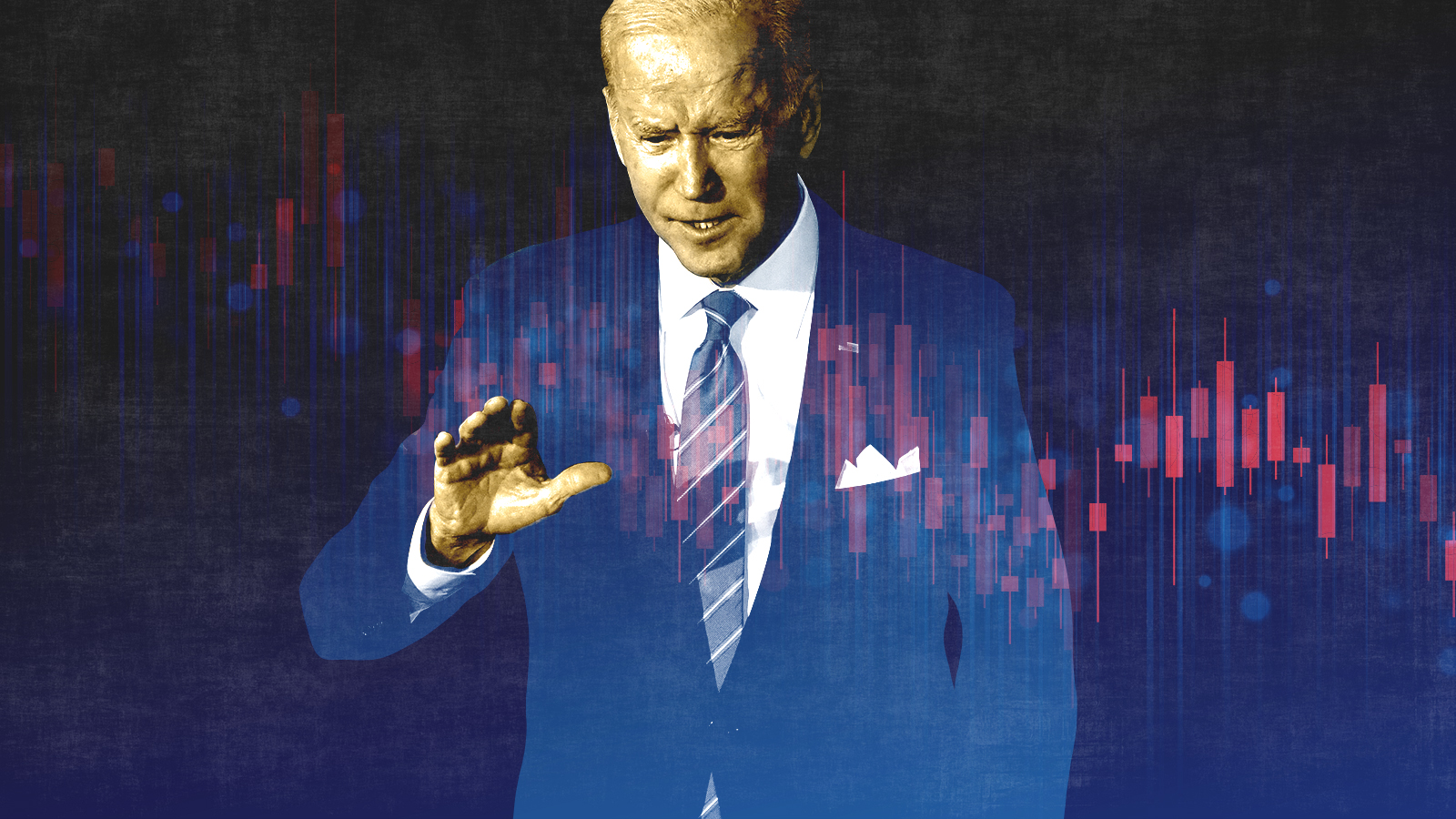 What experts are saying about the economy's surprise contraction
What experts are saying about the economy's surprise contractionThe Explainer The sharpest opinions on the debate from around the web
-
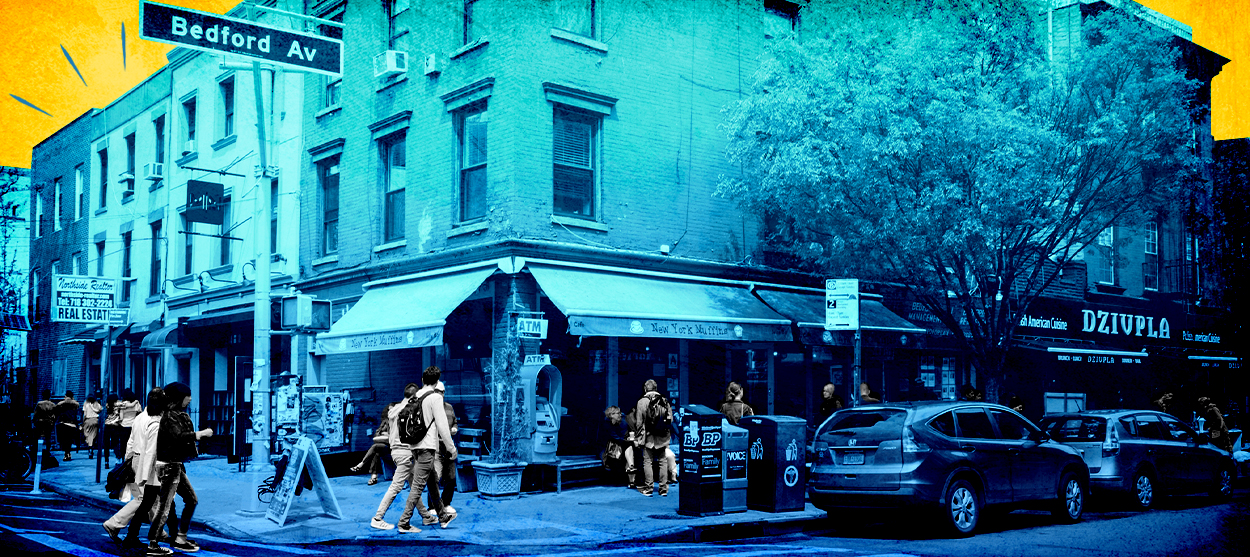 The death of cities was greatly exaggerated
The death of cities was greatly exaggeratedThe Explainer Why the pandemic predictions about urban flight were wrong
-
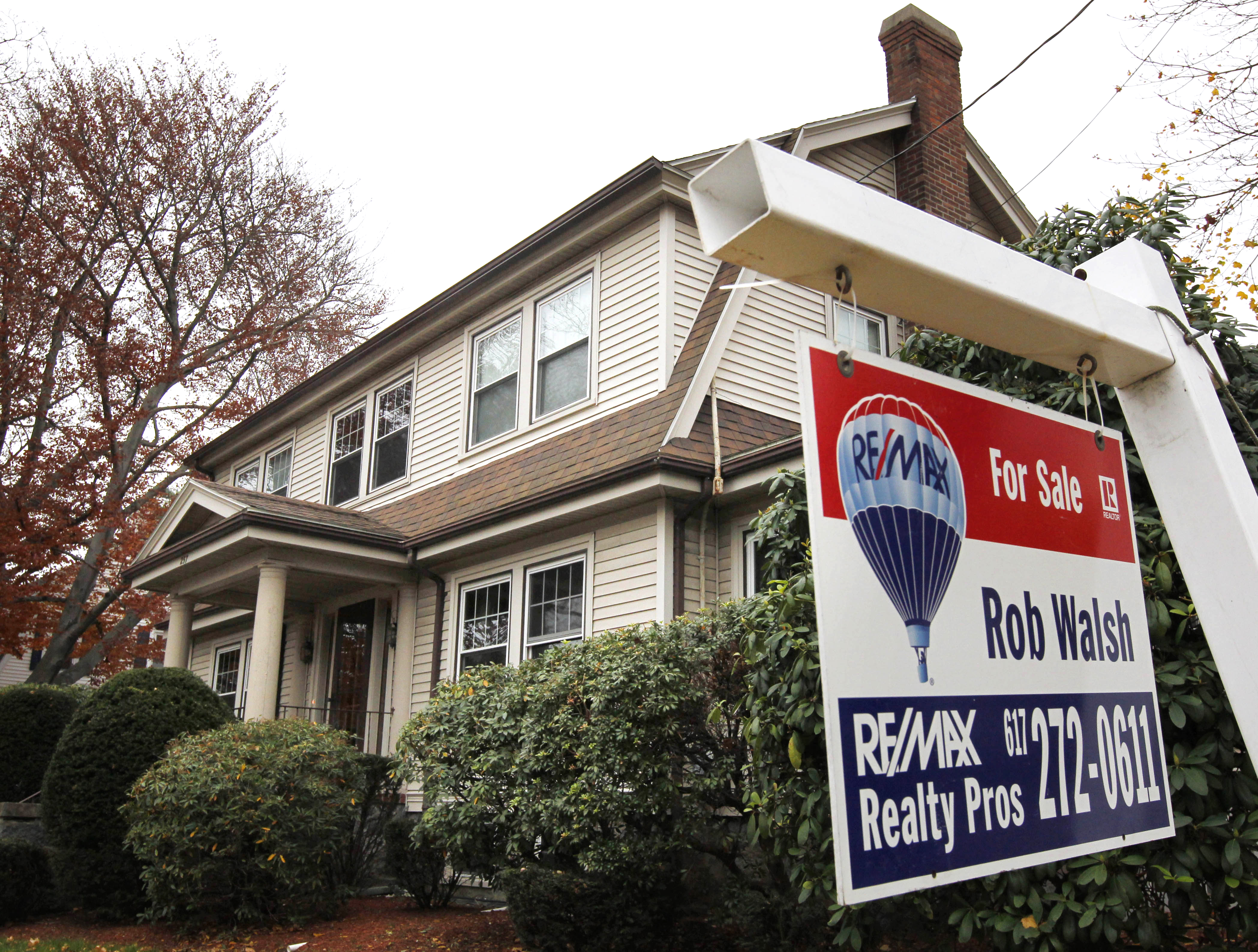 The housing crisis is here
The housing crisis is hereThe Explainer As the pandemic takes its toll, renters face eviction even as buyers are bidding higher
-
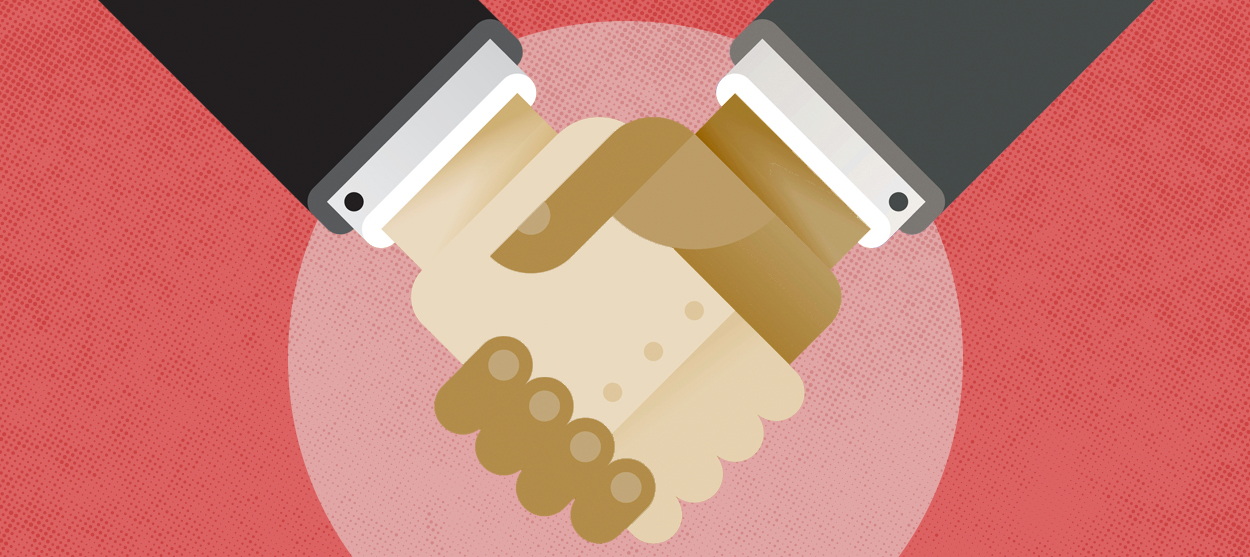 How to be an ally to marginalized coworkers
How to be an ally to marginalized coworkersThe Explainer Show up for your colleagues by showing that you see them and their struggles
-
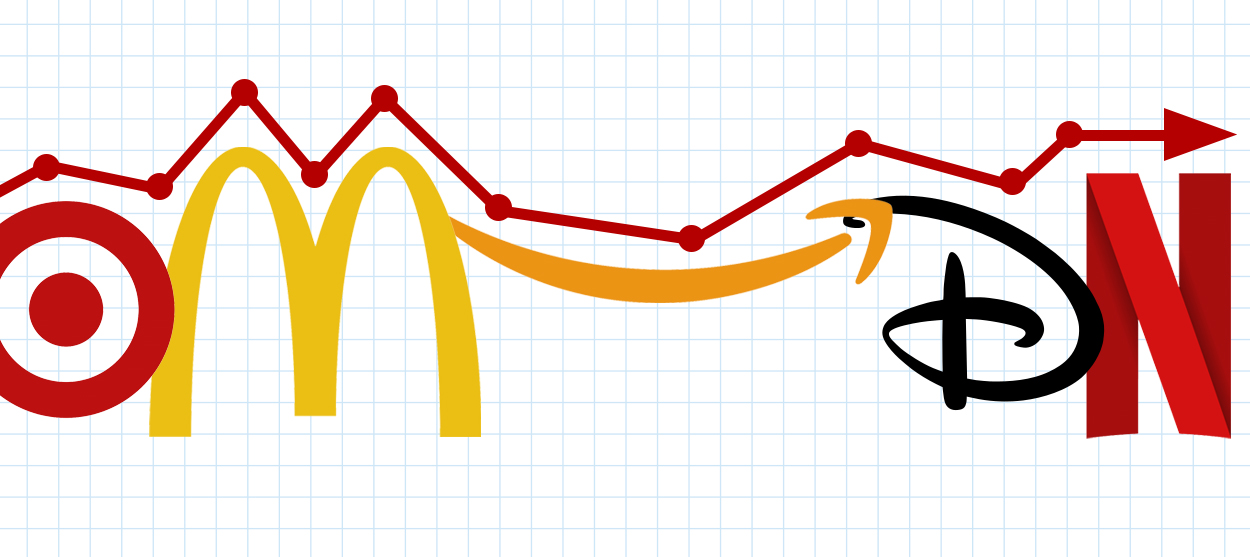 What the stock market knows
What the stock market knowsThe Explainer Publicly traded companies are going to wallop small businesses
-
 Can the government save small businesses?
Can the government save small businesses?The Explainer Many are fighting for a fair share of the coronavirus rescue package
-
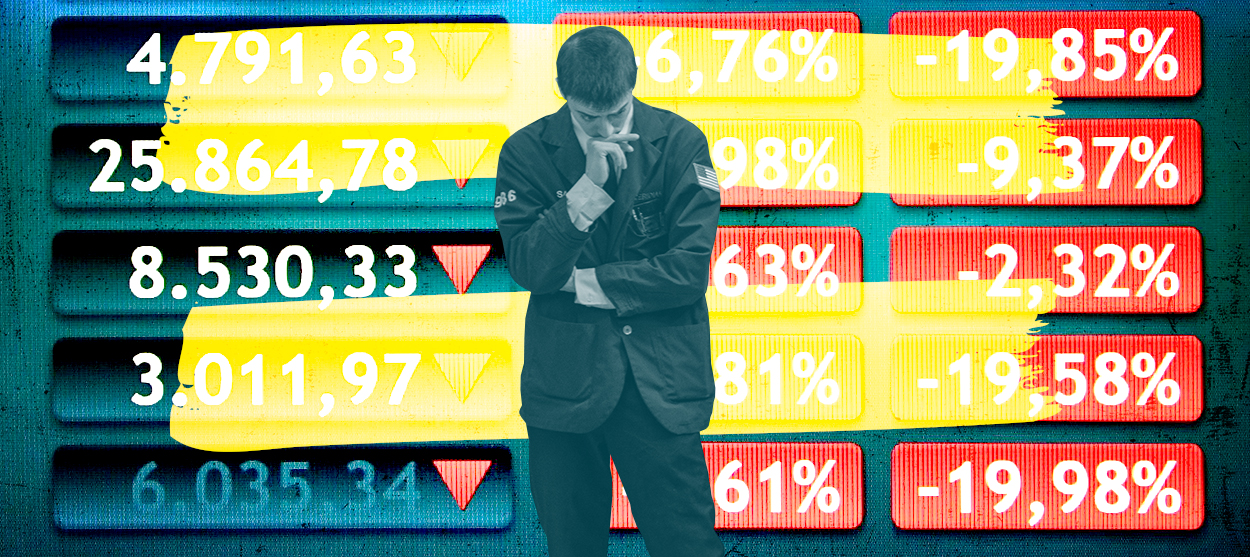 How the oil crash could turn into a much bigger economic shock
How the oil crash could turn into a much bigger economic shockThe Explainer This could be a huge problem for the entire economy
